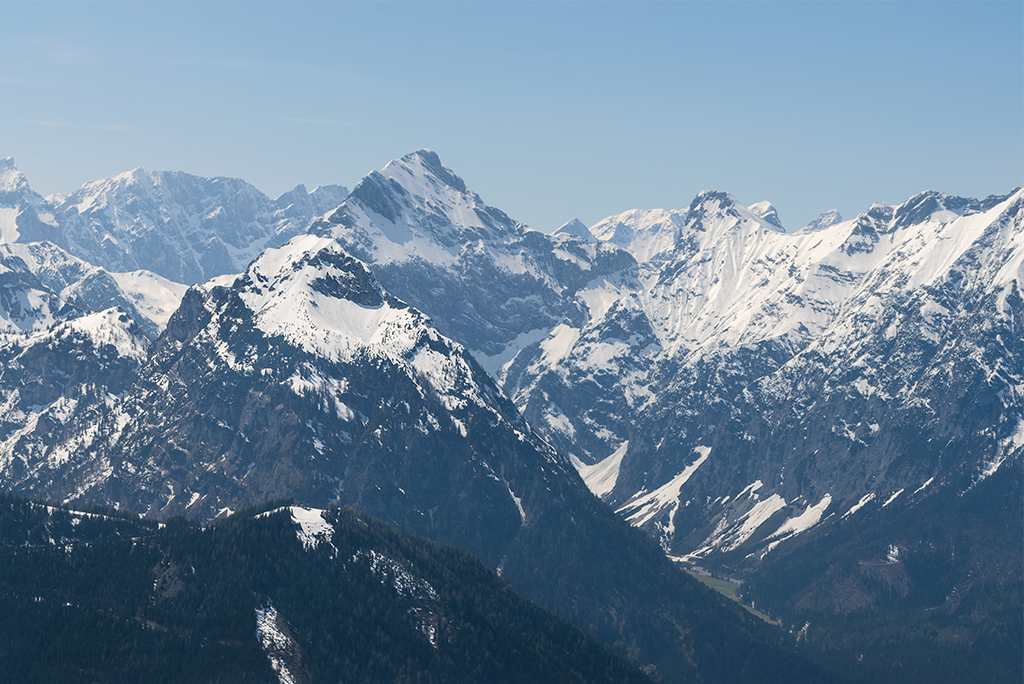
Finding reliable methods to store renewable energy is crucial to ensuring there is enough power for the entire day. Current energy storage methods include pumped hydro installations and batteries, but there is a significant gap in storage capacities. What other solutions can help store copious amounts of energy until they are needed?
Storing Renewable Energy on Mountains
Mountain Gravity Energy Storage (MGES) requires using sand or gravel in mountainous areas to store the surplus of energy from distributed energy resources (DERs). Cranes load the materials in storage units before putting them in the storage locations. The units can then be held until their power is needed, being lowered to the storage site with gravity. This system is similar to that of pumped hydroelectric installations, which involves pumping water into a dam then allowing the water to flow out through a turbine when energy is needed.
In order for this to work, the appropriate type of terrain is needed. The higher the mountain, ranging from 500-2000 meters, the larger the storage capacity.
Challenges with MGES
There are difficulties with using sand or gravel as an energy storage medium. Cranes need to move the material and be able to handle the heavy load. Gravity could supply the material into the storage containers when required through a hopper. Although this creates a minute loss of energy, it make simplifies the loading processes.
The Growing Use of Renewable Energy
Coal has been the number one way of getting energy for a long time, but that may soon be changing. According to the Institute of Energy Economic and Financial Analysis, renewable energies like solar and wind power will surpass coal by 2021.
“The next piece of the energy transition is very close at hand… coal is coming offline as fast or faster than we anticipated,” says PJ Deschenes, a partner at Greentech Capital Advisors.
Large companies are also trying to decrease their carbon footprint. Amazon is working on three renewable energy projects that are meant to produce over 700,000 MWh of energy per year. Intended to to provide power to over 67,000 homes, these solar farm projects will be located in the U.S. and Spain.
Connecting Distributed Energy Resources
Leveraging distributed energy resources (DERs) and microgrids can help countries reach their renewable energy goals.
Introduction to IEEE Std 1547-2018: Connecting Distributed Energy Resources is a new course program that focuses on IEEE Standard 1547-2018. This standard provides technical specifications for interconnection and interoperability between utility electric power systems (EPSs) and distributed energy resources. It also provides requirements relevant to the performance, operation, testing, safety considerations, and maintenance of the interconnection.
Course titles in this program include:
Introduction to IEEE Std 1547-2018
Power Quality and Voltage Regulation in IEEE Std 1547-2018
Response to Area EPS Abnormal Conditions in IEEE Std 1547-2018
Islanding and Networks in IEEE Std 1547-2018
Interoperability, Info Exchange and Networks, and Protocols in IEEE Std 1547-2018
Interconnection: Test and Verification in IEEE Std 1547-2018
Contact an IEEE Content Specialist today to learn more about getting access to these courses for your organization.
Do you want to learn more about Standard 1547 for yourself? Visit the IEEE Learning Network.
Resources
Day, Lewin. (4 December 2019). Can You Store Renewable Energy In A Big Pile Of Gravel?. Hackaday.
Coberly, Cohen. (3 December 2019). Amazon announces three renewable energy projects in Spain and the US. TechSpot.
Egan, Matt. (26 November 2019). Solar, wind and hydro power could soon surpass coal. CNN.


No comments yet.